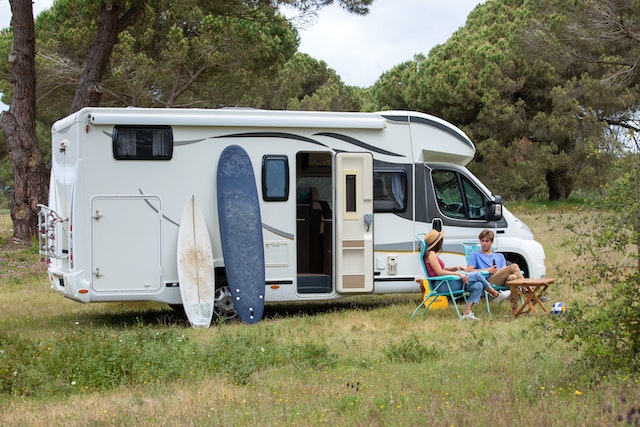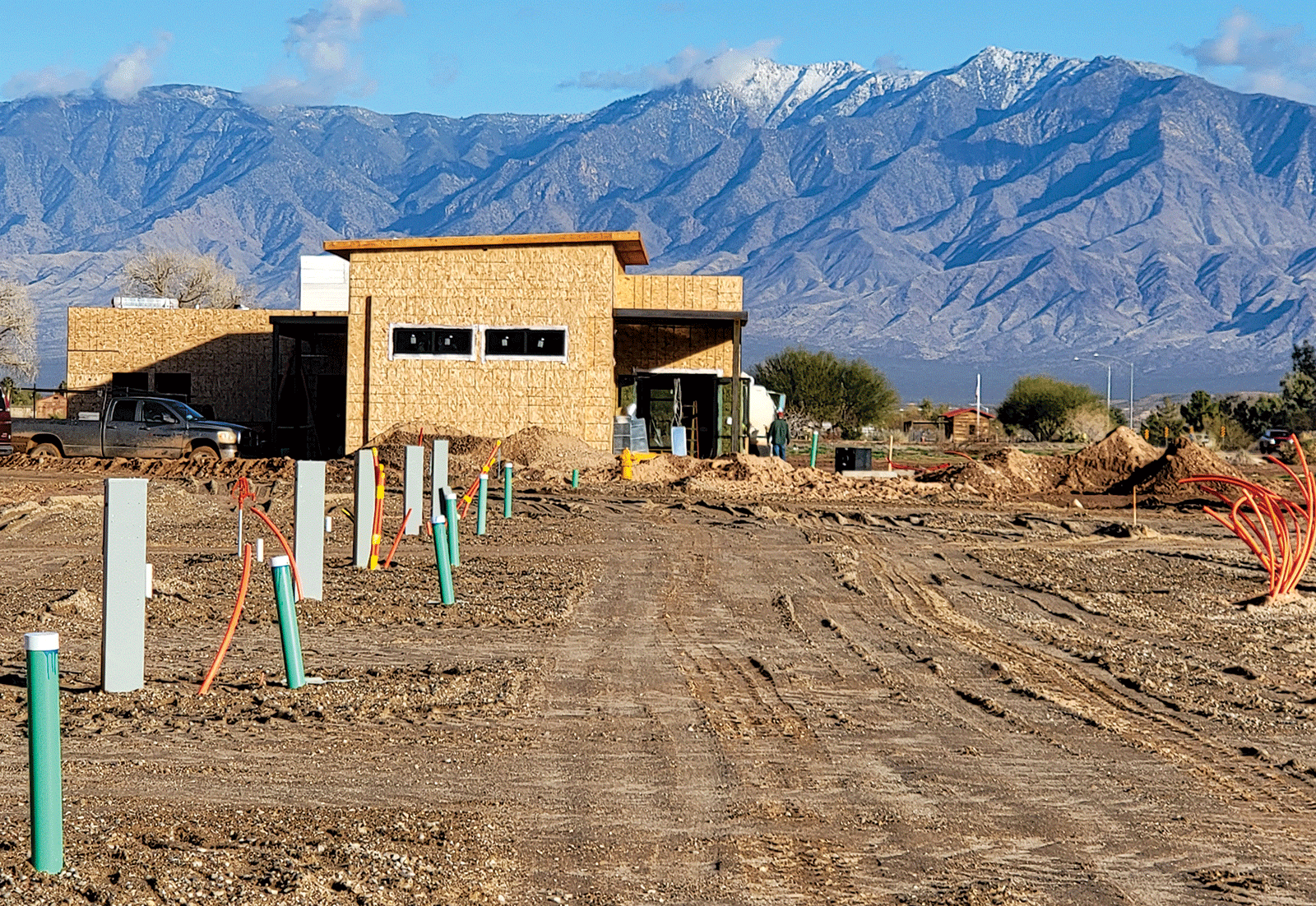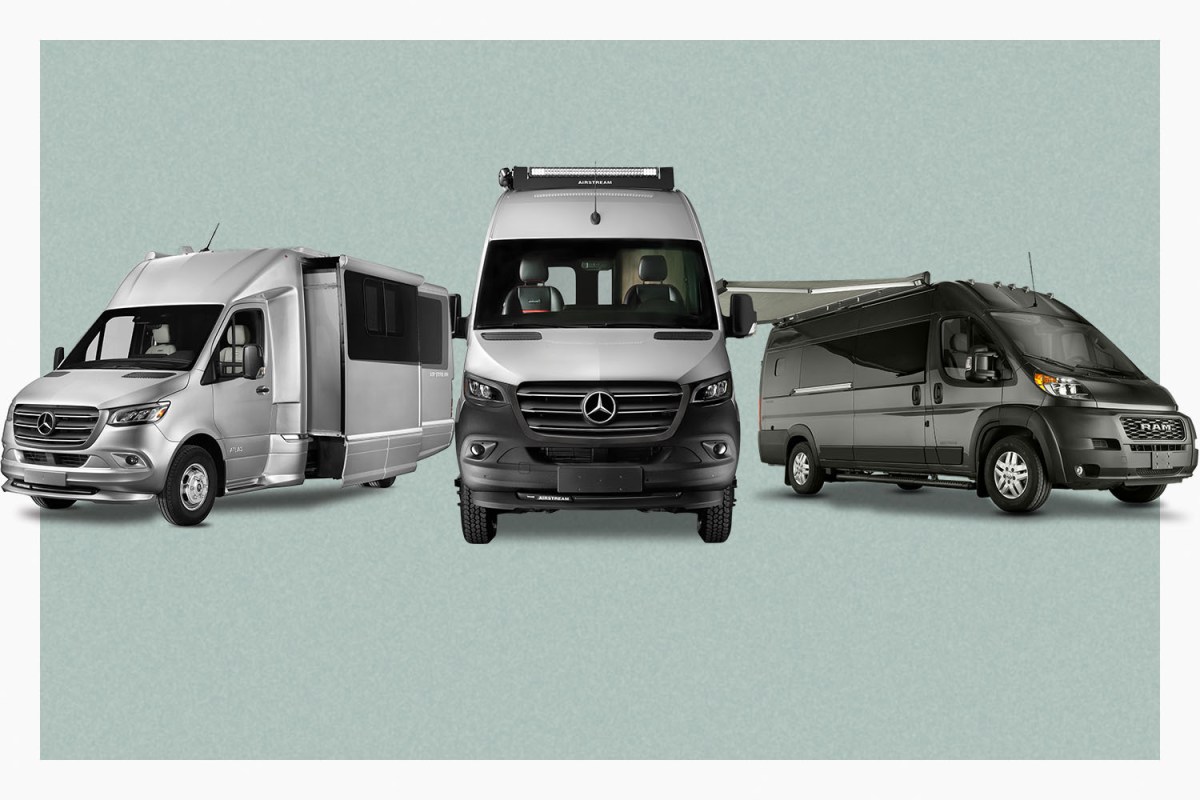
Even those with a casual interest in the world of travel trailers are likely familiar with the Airstream brand. Founded all the way back in 1931, within a decade its unique streamlined, polished aluminum trailers had weathered the era’s harsh economic times to push the company to the top of the high-end travel industry. The instantly recognizable silver bullet design continues to the present day, still beloved almost 100 years later for its mix of lightweight construction, luxurious amenities and classic style.
Less well-known are Airstream’s entries into the motorhome and camper van side of the RV business, vehicles which break free from the styling cues of its trailers to embrace a more mainstream yet still upscale series of choices. Its latest development in the touring coach category is the Rangeline series, which marks a move away from its standard Mercedes-Benz Sprinter platform in favor of a full-size Ram ProMaster body.
It’s a model that appears to be custom-built to make waves in a world gone made for #vanlife. How does the Rangeline fit in with the rest of the Airstream RV pack? Here’s a primer on what to expect from the company’s Class B motorhomes, and how to choose the right one for your needs.
The Entry-Level Airstream Rangeline
Is it possible to use the term “entry-level” to describe a camper whose window sticker starts in the low six figures? The Rangeline’s $147,570 ask might at first seem a little high — that is, until you compare it with any number of other outfitters working with the Ram ProMaster, Ford Transit and Mercedes-Benz Sprinter set, where it’s remarkably easy to push well past that mark. This is especially true once you start customizing features and equipment, with some companies providing nearly unlimited configurability for their rigs.
Airstream is betting on two things with the Rangeline. The first is that there exists a subset of van campers who feel overwhelmed by all the various options available to them, and who simply want to snag a well-designed vehicle that’s already stuffed with everything they’ll need to enjoy getting away from it all. To this end, the Rangeline keeps things relatively simple, with a single floor plan and only one real option (a pop-top that pushes sleeping capacity from two to four). Everything else you’ll need to escape the grid — such as a generator, solar panels, a large storage battery and a full kitchen — is included.
The Rangeline’s other selling point is that, compared to the next step up in the Airstream motorhome lineup, you’re getting more van for less money. The ProMaster platform is 21 feet long, which is two additional feet over the Sprinter-based Airstream Interstate 19 Touring Coach. The Interstate 19 is over $50,000 more expensive, and while it might offer a rear-wheel drive, turbodiesel setup, the ProMaster’s 280 horsepower V6 is hardly a consolation prize.
The Versatile Airstream Interstate
Airstream’s Interstate family covers a fair bit of ground. In addition to the 19, there’s also the 24GT, 24GL and 24X. As the names might suggest, they feature a long-wheelbase, 24-foot implementation of the Sprinter van compared to the 19 (which is aimed specifically at owners who favor handling and ease of urban use over all-out size).
Each of the Interstate models shares a common, luxury-oriented design philosophy that stands apart from the Rangeline. Key features include a larger kitchen, what Airstream calls a “wet bath” (RV-speak for a bathroom that you can drench from floor to ceiling with no ill effects), and higher-quality materials throughout the cabin. The 24GT is ideal for a couple (with an added storage closet and work station) and the 24GL adds extra seating (for as many as nine riders), while the 24X installs four-wheel drive, all-terrain rubber and a lifted air ride suspension to push the Sprinter that much farther off-road.
Taking an Airstream motorhome off the beaten path will, of course, set you back a fair bit of cash. The 24X starts at $246,351, with the 24GT and 24GL not far behind at $233,700. Each of these coaches can also be customized with various options and features, including the company’s E1 package which is designed to upgrade the vehicle’s heating and hot water system by swapping in a lithium battery pack and solar panels for the standard liquid propane burner.
The Large and Luxurious Airstream Atlas
For those seeking to maximize their Airstream RV experience, the brand’s top tier is represented by the Atlas line of Class B RVs. With its bulked-up body, the Atlas offers not just a wider living space but also a slide-out living room that swaps interior seating (down to four) for more opulent sleeping quarters (for two). The Atlas’s couch doubles as a Murphy bed, which allows for more room at the rear for an apartment-like bathroom and a large closet for storage.
Mechanically, the Atlas sticks with the same air suspension and turbodiesel V6 found with the Interstate models, but inside there’s more configurability to be found, including a Tommy Bahama color palette for the living space, as well as the availability of the E1 package, a cot-like bed that spreads across the front seats for accommodating an additional sleeper, and a set of integrated jacks to level the camper on uneven terrain. As such, the Airstream Atlas tops the price spectrum, starting at $289,911.
Choosing the Right Motorhome
There are three clear demarcation lines in the Airstream RV lineup, but they don’t necessarily split along the company’s own product families, or even its price points.
Arguably, both the Rangeline and the Interstate 24X are aimed at two flavors of the same vanlife customer: those who are looking for a turnkey entry point into weekend adventure, and those who want to give overlanding a shot, but who don’t want to leave any niceties behind in the process. The 24X in particular is an interesting play from Airstream, given how many bespoke outfitters have muscled their way into the premium off-road space with medium-duty trucks and heavy-duty pickup platforms that are significantly more capable when the going gets rough. When spending a quarter of a million dollars on a rig, the tendency to personalize it to one’s exact tastes and requirements represents a strong pull, and one that Airstream isn’t set up to cater to.
The remainder of the Interstate models make a play for both families and retirees, with the latter targeted by the 19’s condo-friendly parking footprint and the former by the accommodations that can seat up to nine. This leaves the Atlas up against high-class choices from other big names on the RV market, such as Coachmen and Winnebago, each of which has just as established a presence as Airstream’s motorhomes in terms of luring in potential customers, and in some cases, provide a higher grade of amenities.
On the plus side, however, is Airstream’s ability to actually get their Atlas rigs on the road as compared to the multi-year waiting times from some other manufacturers. In today’s hot RV market, the delivery date is an important factor to consider alongside price, platform and amenities.

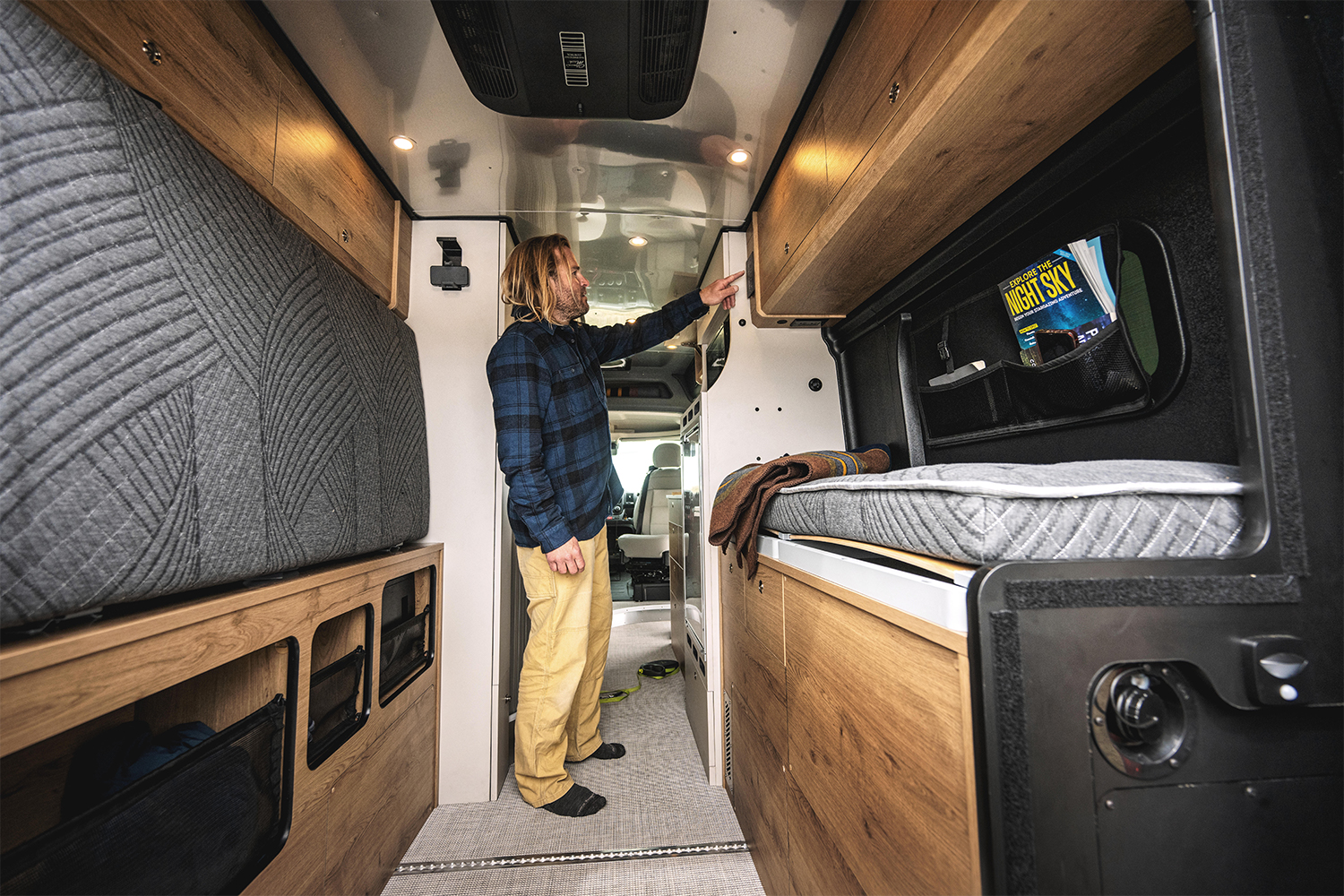 If you want more space in the Rangeline, you can add a pop-top.
If you want more space in the Rangeline, you can add a pop-top.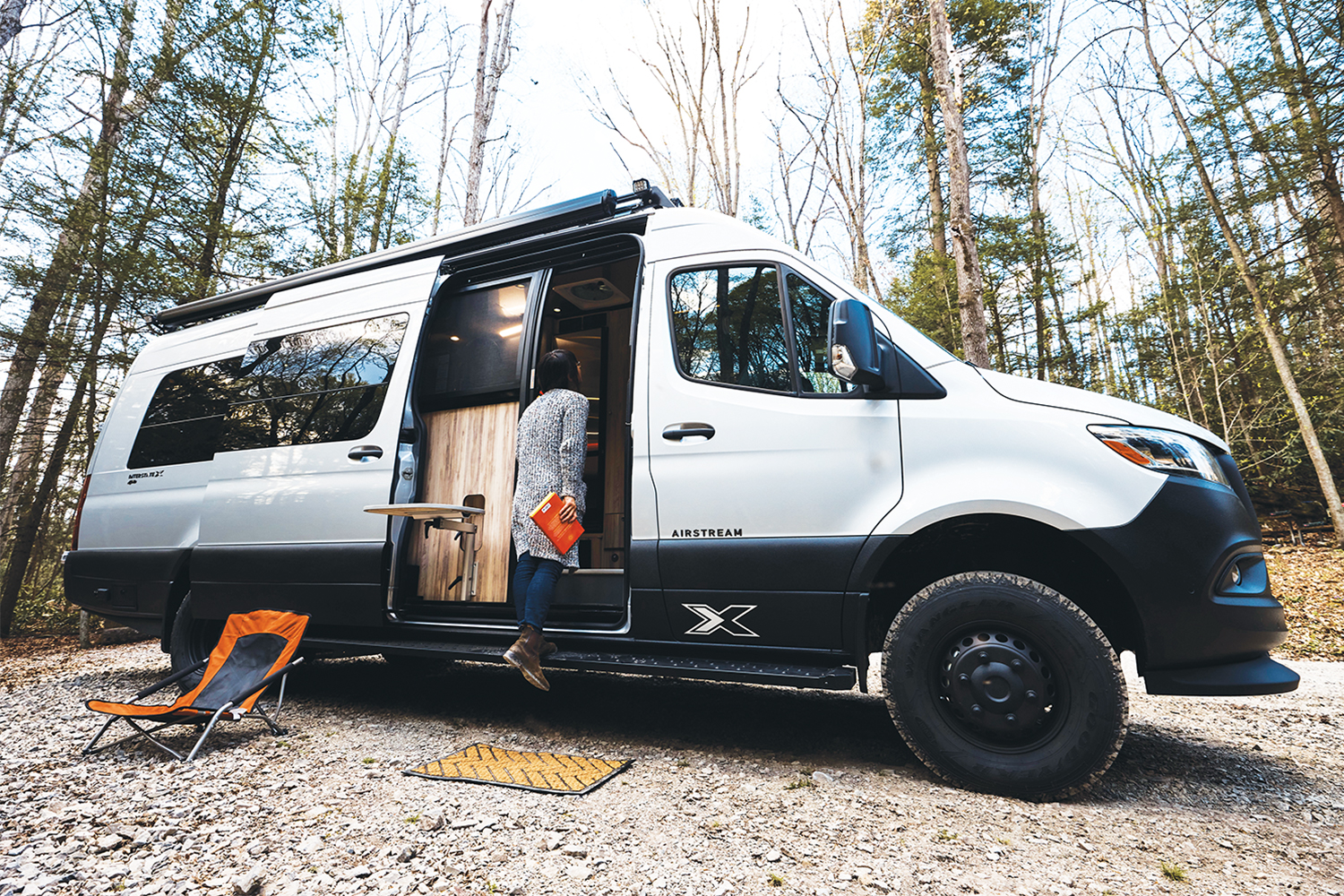 The Airstream Interstate 24X, a turnkey adventure van.
The Airstream Interstate 24X, a turnkey adventure van.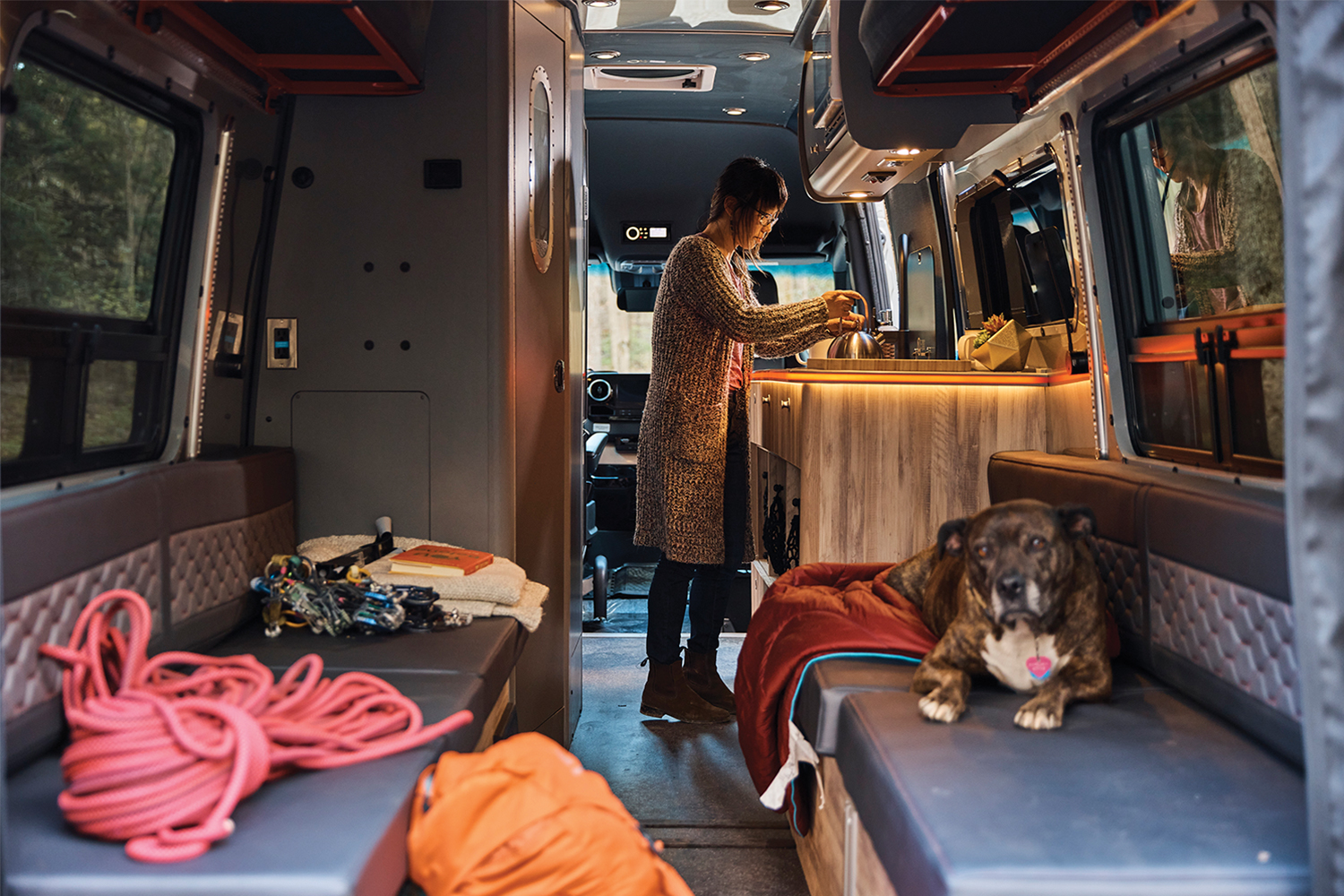 The Interstate 24X has plenty of space for you and your companions, human or otherwise.
The Interstate 24X has plenty of space for you and your companions, human or otherwise.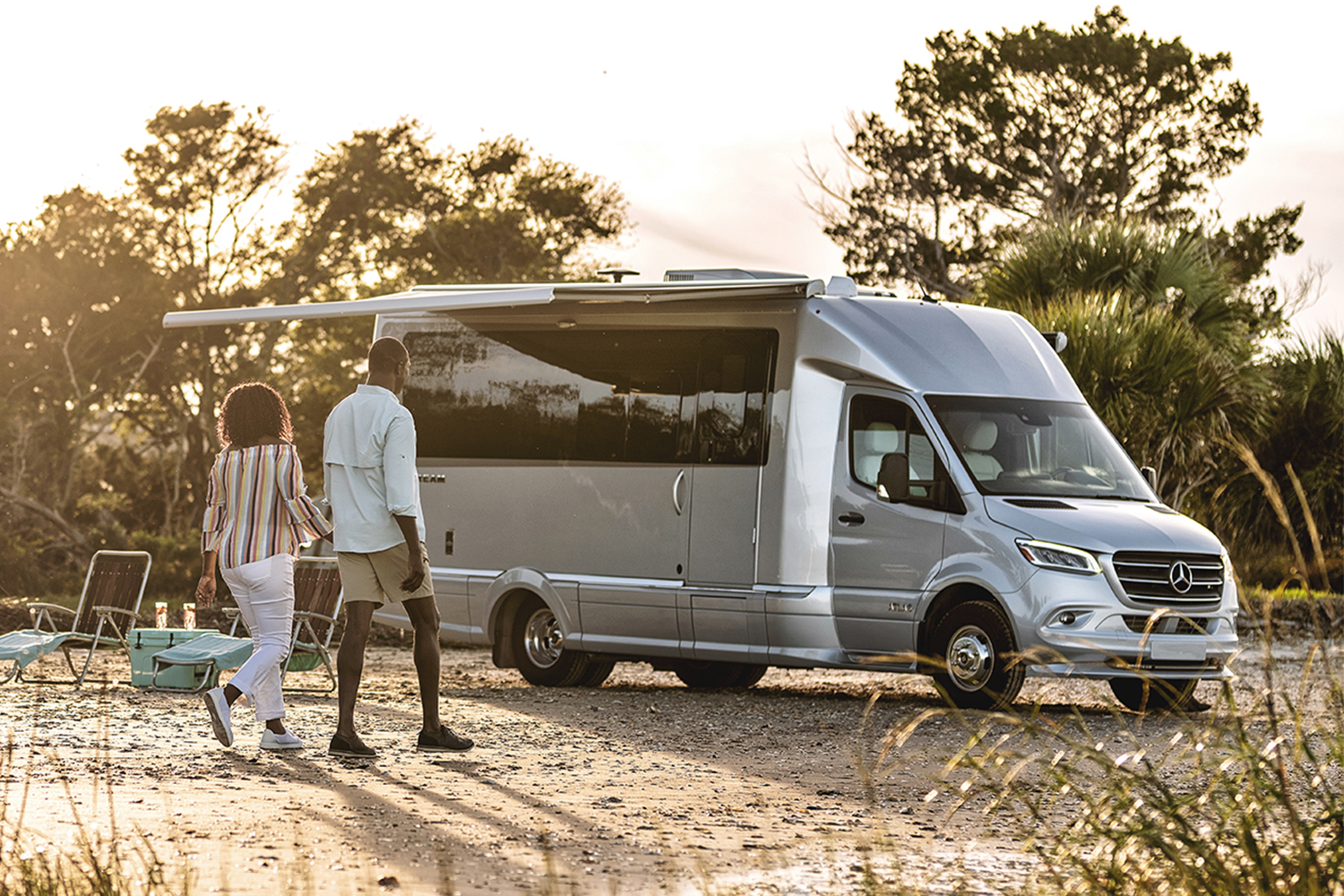 The Atlas maximizes luxury with its slide-out living room.
The Atlas maximizes luxury with its slide-out living room.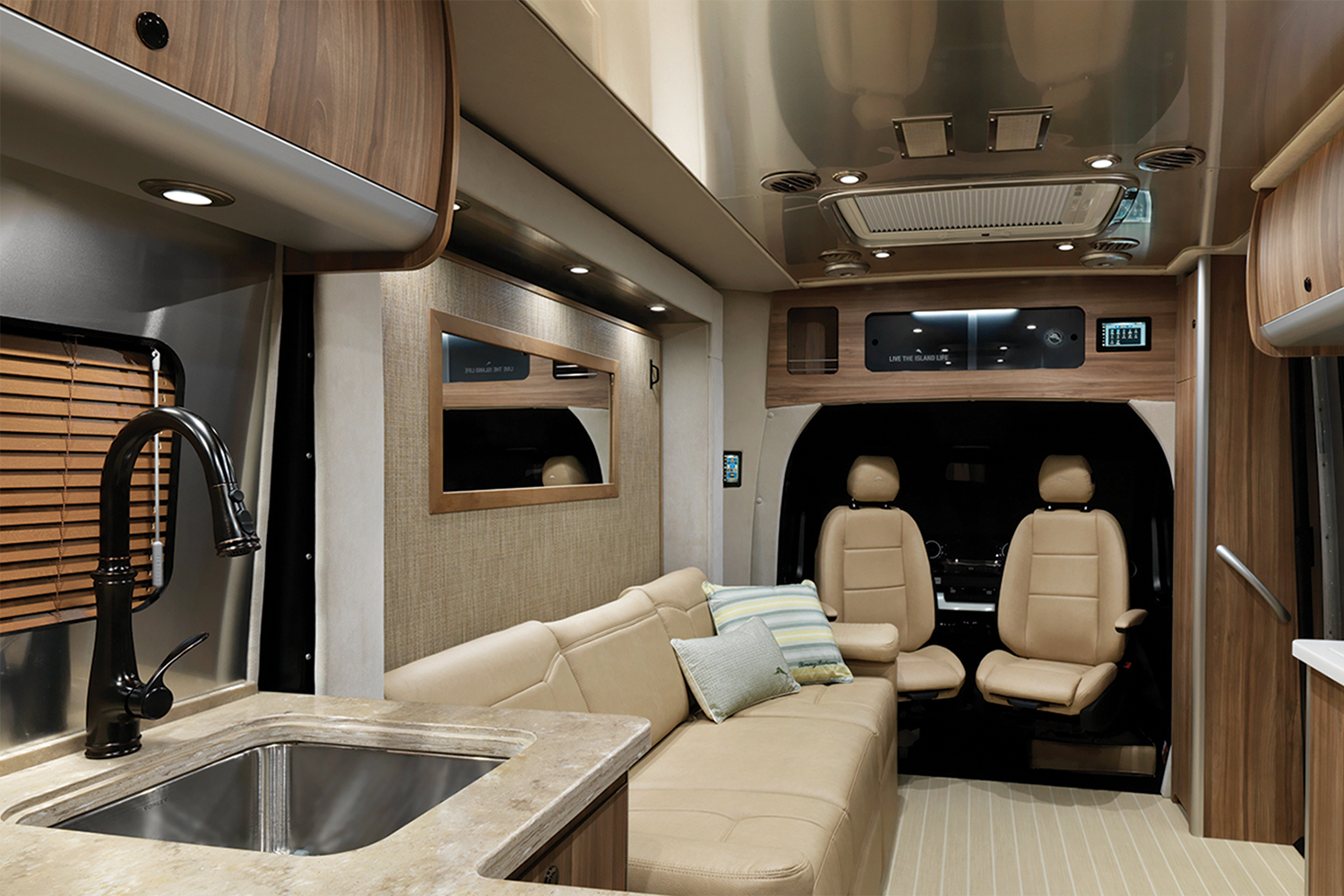 This special-edition Atlas features a Tommy Bahama-approved interior.
This special-edition Atlas features a Tommy Bahama-approved interior.


